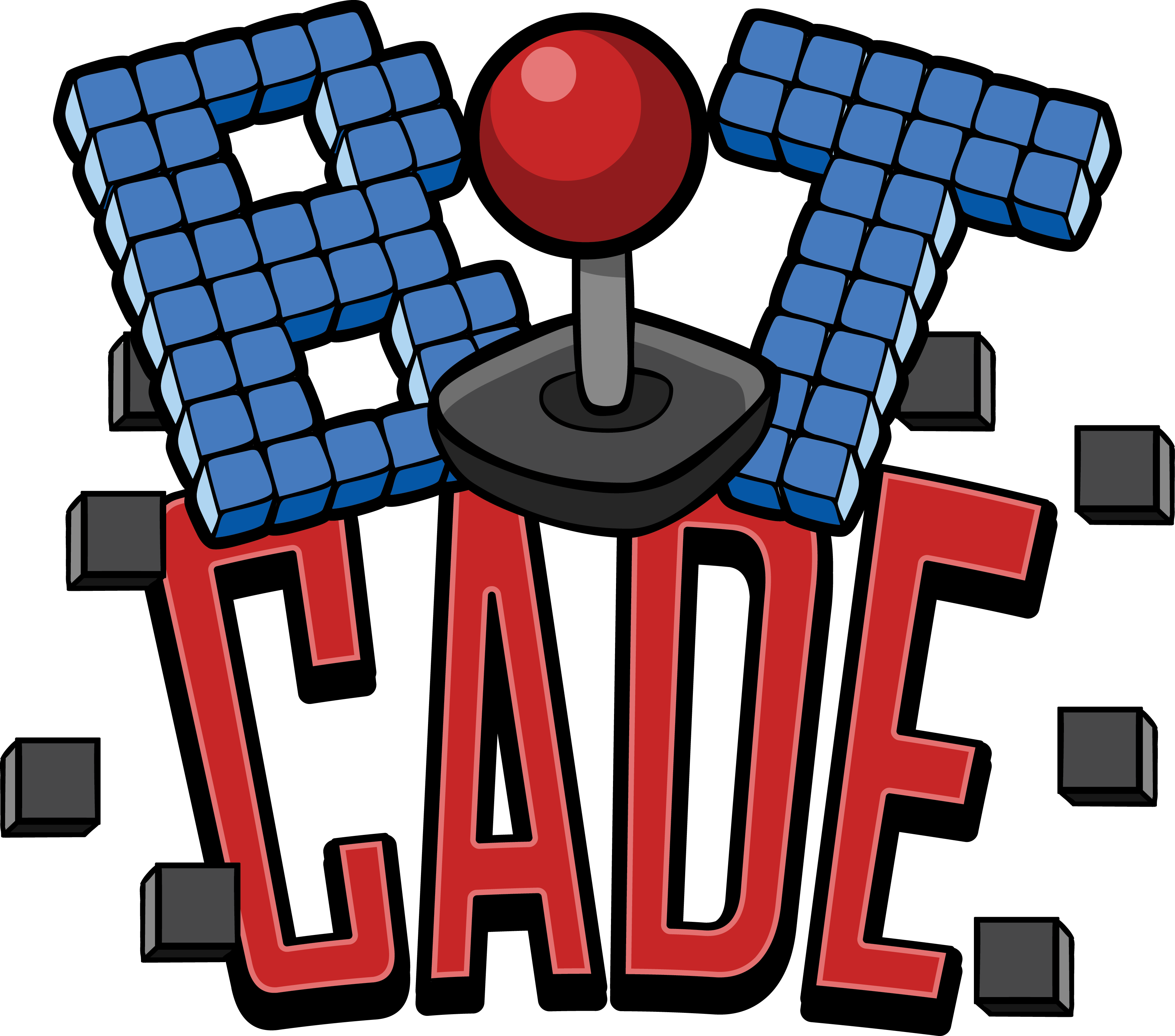
A Short History of Gaming
Video games are quite possibly the largest form of entertainment around today. Globally, the market is worth £123 billion. Games account for over half of the UK’s entertainment sector, outpacing music or video. They’re everywhere–on your computer, on your phone, even in automated cars. People of all ages play, from kids building worlds on Minecraft to your nan sinking hours into Candy Crush. And in a twist perhaps no teenager crowding in arcades in the 70s could have predicted: playing video games is now considered a legitimate sport.
The field dominated entertainment relatively quickly. Compared to cinema and music, which have been around for more than a century, the sector is only a few decades old. So how did video games become the highest scorer in the entertainment industry?
Before the Boom
Many historic accounts of video gaming mark the ’70s as the birth era of the medium. But actually, video games–albeit incredibly simple ones–started appearing as early as the ’50s. Many were experiments made to show off what early computers could do. One of those computers was Bertie the Brain, a 4-metre machine that played Tic Tac Toe.
The first real original title that didn’t borrow from already existing concepts was Spacewar!. It played on the PDP-1, an enormous computer that cost more than a car. Like previous games before it, Spacewar! was largely an experiment to flex the capabilities of early computers, and wasn’t available to the larger public.
The Rise of Arcades and Consoles
But games were never meant to be contained in a lab. Computer Space, widely considered the first arcade game, came out in 1971. It was created by Nolan Bushnell and Ted Dabney after seeing Spacewar! in action. Bushnell and Dabney would later go onto found Atari.
Just a year after, Magnavox released the first-ever console, the Magnavox Odyssey. A total of 28 games were made for the Odyssey. Among them, a paddle-and-ball game that would inspire Atari’s Pong in 1972.
Pong’s huge commercial success spawned a frenzy for ball-and-paddle games, which lasted for a few years. The game became the first commercially successful arcade title, and established the commercial viability of arcade machines. For the first time, the entertainment industry saw a serious contender that could topple the long reign of pinball machines.
But as with every idea, the shine had to wear off someday. By 1977, Pong and its clones were old news. Developers had to come up with something new to keep the nascent industry from spluttering out, and Atari had to find a way to become something more than the creator of Pong. The increased competition and a brand new, creative medium became fertile ground for what would turn out to be some of the most important years in video gaming.
The period from 1972 to 1984–or the Golden Age of Video Gaming as many call it–saw the birth of many legendary game companies, cabinets, characters, and consoles. Atari came out with the Atari 2600, which popularised the use of cartridges and was the first commercial console to be able to play a seemingly unlimited number of games. Sega hopped onto the scene with Frogger in 1981. Taito released Space Invaders, arguably the most influential game of the era, in 1978. The early ‘80s saw Pacman, Mario, and Donkey Kong traipsing around monitors for the first time.
Game Over?
Developments in computing and hardware enabled the creation of arcade machines and consoles. But the same progress contributed to their decline. In 1983, personal computers no longer cost an arm and a leg, and were becoming more increasingly powerful than arcade machines or consoles. Attracted by the boom, manufacturers created too many consoles and too few quality games.
These forces led to the recession of the industry in ‘83, which saw several companies, including Magnavox, go under. Sega pivoted away from making arcade machines to focus on home computers that can play games.
Insert Coin To Try Again
It wasn’t until the late ‘80s that the video gaming industry would show signs of recovery. Unlike the arcade gaming-led boom of the Golden Era, this time the sector rallied behind console-makers like Nintendo and Sega.
The release of Nintendo’s Famicon and Sega’s SG-1000 marked the start of the “8-bit era”. The period saw many great improvements in graphics and sound. For the first time ever, players were also able to save their progress, which opened a whole new world of possibilities for developers.
Arcade gaming during this period still introduced new innovations, albeit it was unable to reclaim the market share it had during the Golden Era. The ‘80s and ‘90s saw exciting peripherals, such as fully mounted motorcycle controllers and light guns with force feedback. The release of Street Fighter sparked a spate of competitive fighting arcade games like Mortal Kombat and Tekken, a trend that became so prevalent it was called the “backbone” of the coin-op industry at one point.
Late ‘90s and Beyond
The turn of the millennium saw the entry of names most modern gamers are familiar with today: Sony’s PlayStation, Microsoft’s Xbox, Sega’s Dreamcast, and Nintendo’s GameCube. The first mobile game–Snake–was also released in 1997, officially marking the inception of the mobile gaming market, a subsector that would eventually grow large enough to eclipse console and PC.
As for arcade gaming, it has mostly been relegated as a niche market in the West. However, in Japan, Korea, and China, the art form remains alive, keeping the torch lit for the machines that kick-started the video gaming industry.
We are the experts in arcade games and manufacture what are probably the best custom arcade machines available in the UK.

